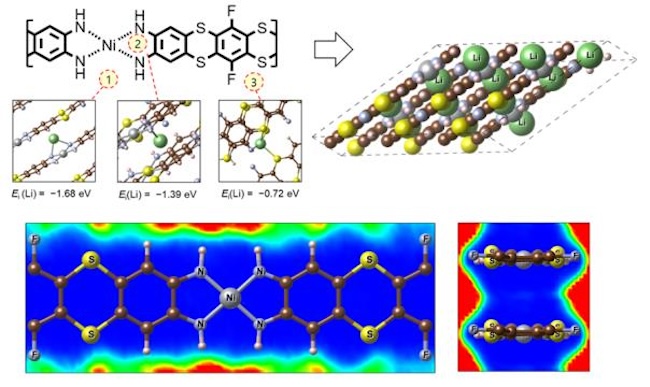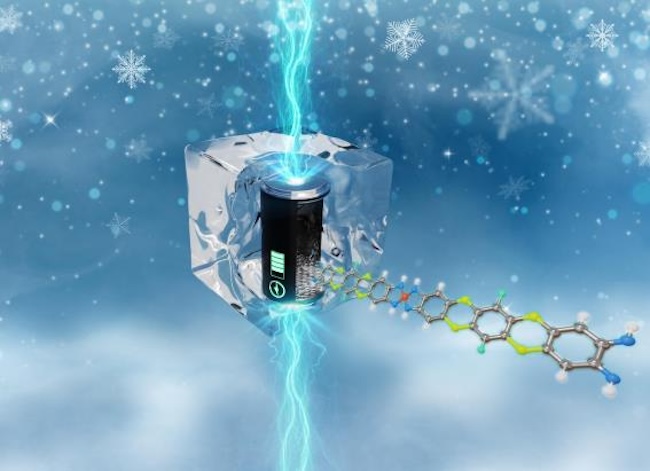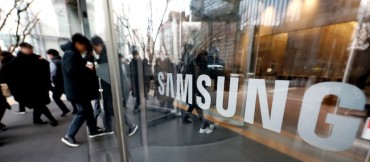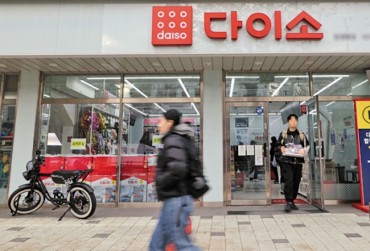DAEJEON, Aug. 14 (Korea Bizwire) – In a significant breakthrough for energy storage technology, researchers at the Korea Institute of Energy Research have developed a new battery material capable of functioning in temperatures as low as -20 degrees Celsius, the institute announced on August 13.
Traditionally, graphite has been the go-to material for anodes in lithium-ion batteries due to its thermodynamic stability and low cost. However, it suffers from severe capacity loss in sub-zero temperatures and can form dendrites during charging, potentially leading to thermal runaway and explosions.
A team led by Yu Jung-jun, Kim Hyun-wook, and Lim Kang-hoon has created a novel conductive metal-organic framework named SKIER-5. This material combines a thianthrene compound-based organic ligand with nickel metal ions.
The SKIER-5 anode demonstrated superior discharge capacity compared to graphite at room temperature. Remarkably, after 1,600 charge-discharge cycles, its capacity increased by approximately 1.5 times – an unusual result given that batteries typically lose capacity over repeated cycles.

The SKIER-5 anode demonstrated superior discharge capacity compared to graphite at room temperature. (Image courtesy of the Korea Institute of Energy Research)
Using X-ray structural analysis at the Pohang Accelerator Laboratory, the team confirmed that redox reactions of ions contribute to this capacity increase. Unlike carbon-based graphite, the heterogeneous organic structure containing nickel, nitrogen, and phosphorus facilitates more active redox reactions through interactions with lithium ions.
Perhaps most impressively, anodes using SKIER-5 showed five times higher discharge capacity than graphite at -20 degrees Celsius. The researchers attribute this to SKIER-5′s lower activation energy, allowing stable performance in low-temperature environments.
“This material could enable stable operation in extreme cold, making it suitable for electric vehicles, large-scale energy storage systems, and drones in environments with dramatic temperature fluctuations,” a spokesperson for the institute stated.
The research was featured as the cover article in the Journal of Materials Chemistry A on July 12.
Kevin Lee (kevinlee@koreabizwire.com)







